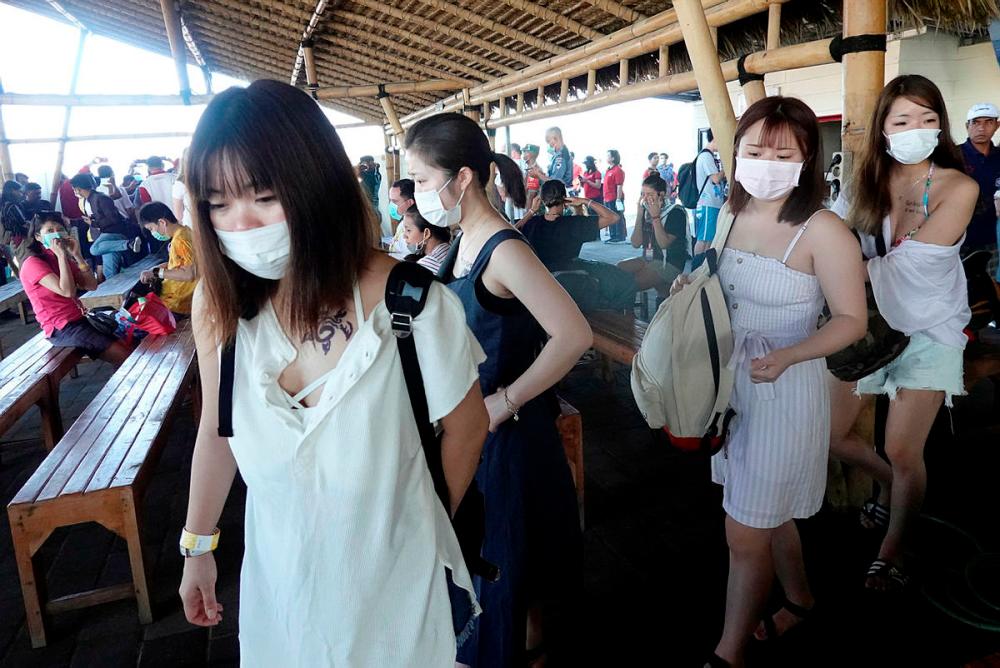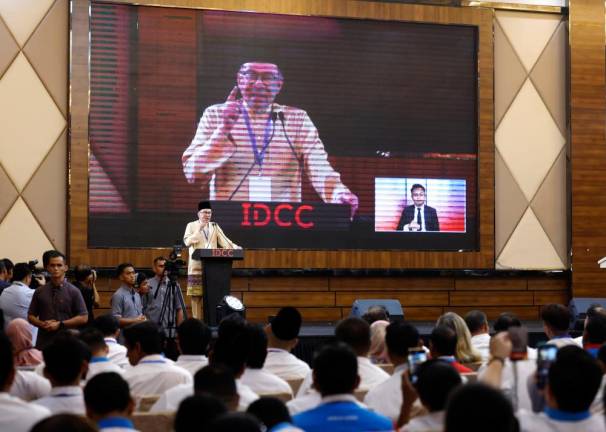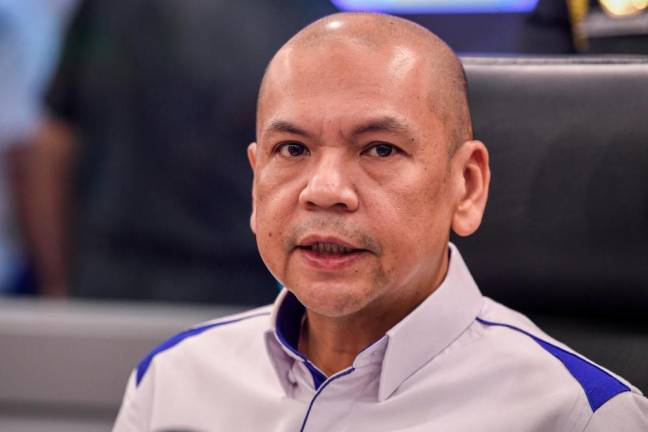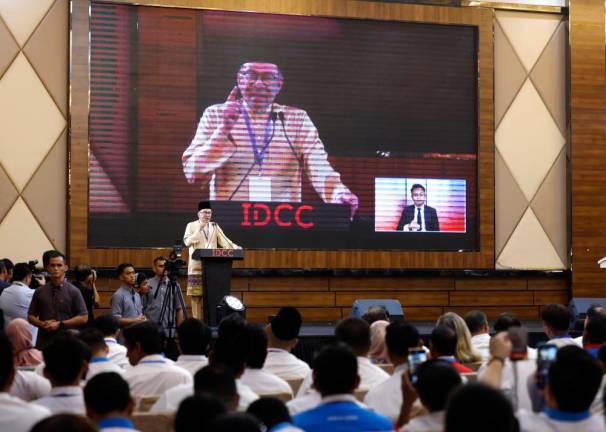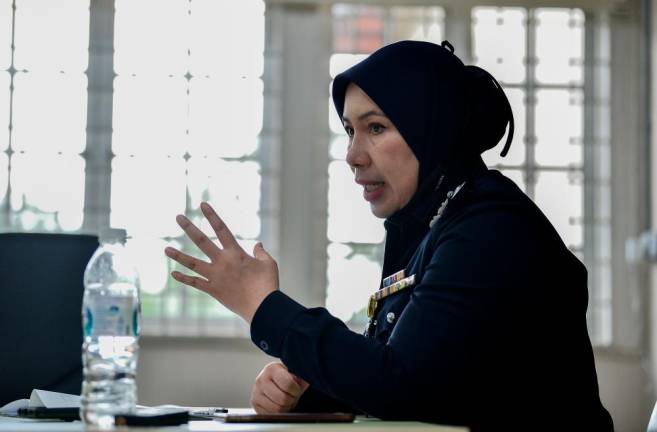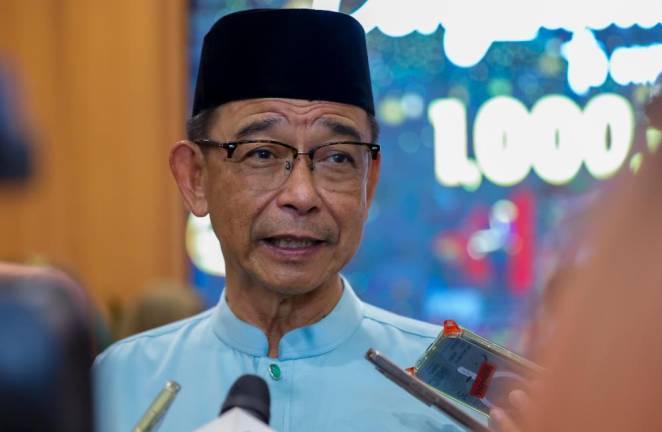HOTELIERS are cautiously optimistic as they are seeing some signs of recovery with an uptick in domestic tourism lately. Room occupancy has picked up since the easing of travel restrictions.
The Malaysian Association of Hotels has projected the average occupancy rate for October, November and December to increase by 21.3%, 22.8%, and 24.9% respectively.
However, the pick-up in room occupancy depends largely on the location of the hotels.
Currently, resort such as Cameron Highlands, Langkawi, Malacca and Tioman are drawing the crowds.
The Malacca tourism sector has recovered by 90% with an influx of 8,000 tourists per week in August, particularly on weekends and public holidays.
State Tourism, Heritage and Culture Committee chairman Datuk Muhammad Jailani Khamis said the figure was recorded since cross-state travel was allowed on June 10.
According to a Bernama report, the Langkawi Development Authority (Lada) is targeting 2.5 million tourist arrivals this year backed by the maiden Langkawi Great Sale (LGS) campaign.
Lada CEO Dr Hezri Adnan said Langkawi’s tourist arrivals in the first seven months of the year stood at 1.1 million, but its number in July alone was 189,000.
He is confident of meeting the target of 2.5 million if the number of arrivals could be maintained or increased to 200,000 a month.
Genting Malaysia has also seen a turnaround with its major casinos now open again and domestic tourism aiding the recovery of its flagship integrated resort, Resorts World Genting.
According to a report on Malaysia equity strategy published by a team of Nomura research analysts, Resorts World Genting is already showing strong signs of recovery – up to 40,000 visitors per day with 50% of hotel rooms open sitting at 90% average occupancy since reopening in June.
The Covid-19 pandemic had almost crippled the tourism sector and Malaysia recorded only 4.2 million international tourist arrivals and RM12.6 billion in tourism receipts so far this year.
For the first six months, the country lost about RM45 billion in potential tourist spending.
It is encouraging to see that efforts to revive tourism and cultural sectors through domestic tourism campaigns are now bearing fruit.
To sustain the growth, the onus is on tourism operators to ensure compliance with standard operating procedures (SOP). By keeping these places safe to visit, a revival of domestic tourism can be achieved.
This revival can be further made possible if tourism players take cognisance of the fact that people’s spending power has been drastically reduced.
Keep prices to a manageable level to draw bigger crowds, rather than trying to cash in by hiking prices. It is better to make a small profit than none at all.



